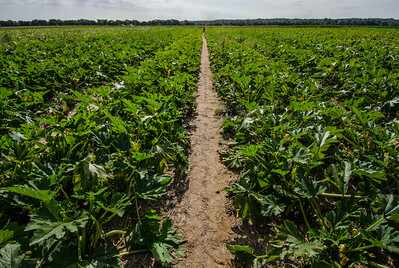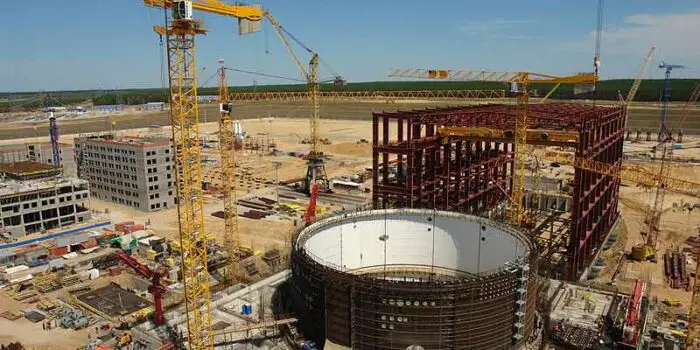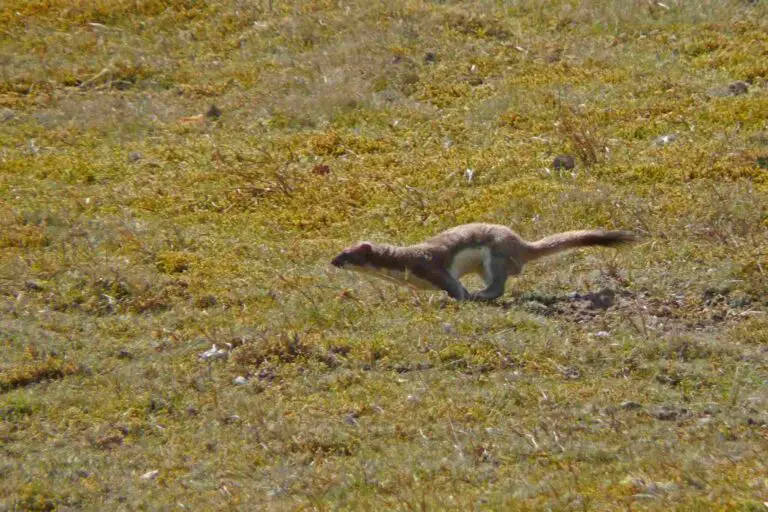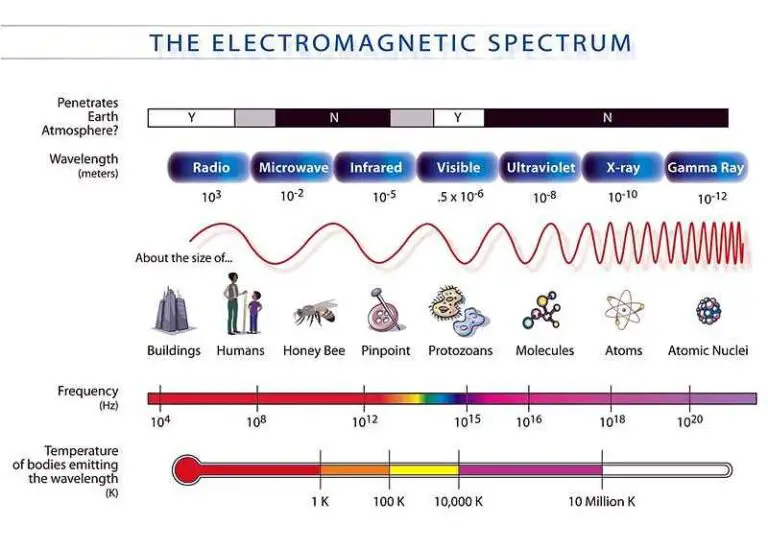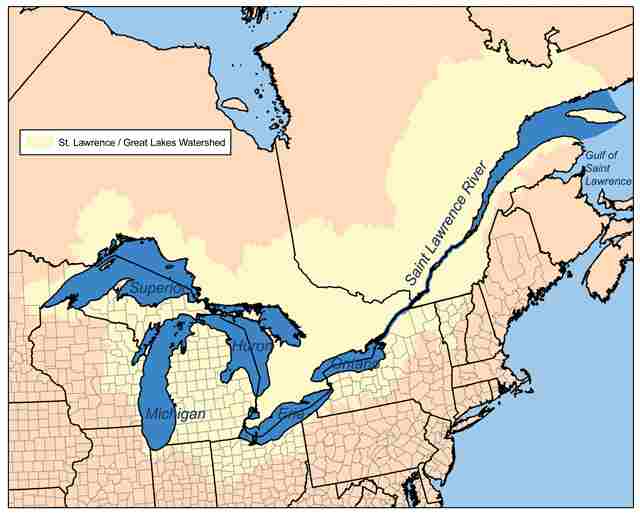5 Soil Conservation Examples Explained
Soil conservation examples are; conservation in organic farming, regenerative soil management, erosion control, soil hazard mitigation, and optimization for climate change-adaptation.
This article discusses some examples of soil conservation, as follows;
1). Soil Conservation in Organic Farming (as one of the Soil Conservation Examples)
Soil conservation in agriculture is an objective that is solely concerned with how soil can be protected and regenerated through application of sustainable farming practices.
Organic farming helps in soil conservation in multiple ways, which include erosion mitigation, increase in soil organic matter, moisture retention capacity, physicochemical properties [9].
In organic farming, the harmful environmental impacts of agriculture on soil are generally reduced by avoiding excessive use, or any use at all, of synthetic chemicals and methods that are unfit for the ecosystem [8].
This approach mitigates the risk of degradation by pollution and loss of fertility.
Organic farming is also linked to some protective soil conservation techniques like cover cropping, which encourage the use of biological tools to address erosion problems [2].
2). Regenerative Soil Management in Desertification-prone Regions
Soil conditions in the desert include low moisture content, organic matter, and fertility, as well as high concentration of phosphate and calcium.
These conditions result from the harsh weather conditions, low biodiversity and lack of biomass in deserts, especially in comparison to more-robust ecosystems like forests.
The same conditions can be encountered in regions which are not deserts, but are prone to desertification and drought.
Reviving desert soil is therefore an essential practice that is needed to conserve natural resources in such drought-prone regions. It is closely linked to, and is often discussed under the contexts of regenerative agriculture and soil restoration.
Ways to restore desert soil include cover crop cultivation, seeding and planting, compost application, and conservation of water resources [1].
Because regenerative soil management in deserts aims to prevent total degradation, it is a classic example of geography-specific soil conservation. The approach has been implemented in parts of north and east Africa, among other regions [3].
3). Erosion Control (as one of the Soil Conservation Examples)
Because erosion is one of the most prominent causes of soil degradation and/or loss, it is important to include an analysis of erosional agents and their effects in any region, when drafting a scheme for soil conservation [4].
Conservation methods to save soil from erosion are mostly based on increasing the physical and ecological resilience of the soil with respect to the effects of wind, water, and chemical dissolution.
Some of the ways to control soil erosion are; mulching, afforestation, and cover cropping. These practices also lead to soil conservation, at least in the area of erosion control.

Soil Conservation Examples: Erosion Control by Cover Cropping (Credit: U.S. Department of Agriculture 2013)
4). Soil Hazard Mitigation
Soil conservation can also be conducted, evaluated and understood within the context of mitigating soil-related hazards or disasters.
Some hazards of soil systems include landslides, soil pollution, and subsidence. These hazards are mostly restricted to the lithosphere and its components, including soil and rock materials.
The significance of soil conservation for mitigating such lithospheric hazards is based on the fact that these events are regulated partly by soil conditions, and have a direct effect on soil [7].
An example of soil conservation in hazard mitigation is the implementation of measures to stabilize sensitive clay soils and mitigate the risk of mass movement (like mudflow or landslide) [5].
5). Soil Optimization for Climate Change-Adaptation (as one of the Soil Conservation Examples)
The conservation is soil is a crucial step toward ensuring that the ecosystem becomes adapted to some conditions imposed by climate change, and is less affected by these conditions.
Soils help to combat and adapt to climate change in diverse ways that include carbon removal from the atmosphere by sequestration, conservation of water through improved moisture retention, higher growth rates of vegetative cover, and general optimization of ecologic resilience.
The conservation practices for climate change adaptation with respect to soil resources are protective techniques like windbreak cultivation (agroforestry), mulching, holistic grazing, forestation, sustainable irrigation and cover cropping [6].
Such practices not only make the soil (and the entire soil-dependent ecosystem) more resilient to climate change effects, but also play a role in reversing climate change.
Soil can play a role in climate change reversal by retaining, replenishing and recycling the essential resources like water, biomass and nutrients which the ecosystem needs to remain productive.
It is important to also note that climate change directly affects soil conservation in any given region, especially in terms of the applicable and effective methods to be implemented, and the effectiveness of these methods.
The impact of climate change on soil conservation is generally adverse, so that soil resources in regions with severe levels of climate change are harder to conserve, due to the degrading conditions imposed on these resources by the changing climate.
Soil optimization for climate change adaptation has major socioeconomic significance in such adversely-impacted areas, as it can help address problems of food insecurity and economic retardation in such areas, thereby improving their livability.

Conclusion
Soil conservation examples are;
1. Soil Conservation in Organic Farming
2. Regenerative Soil Management in Desertification-prone Regions
3. Erosion Control
4. Soil Hazard Mitigation
5. Soil Optimization for Climate Change-Adaptation
References
1). Abella, S. R. (2012). "Restoration of Desert Ecosystems." Nature Education Knowledge 4(1):7. Available at: https://www.nature.com/scitable/knowledge/library/restoration-of-desert-ecosystems-84676323/. (Accessed 25 February 2023).
2). Arnhold, S.; Lindher, S.; Lee, B.; Martin, E. A. P.; Forler-Kettering, J.; Nguyen, T. T.; Koellner, T.; Ok, Y. S.; Huwe, B. (2014). "Conventional and organic farming: Soil erosion and conservation potential for row crop cultivation." Geoderma 219-220:89-105. Available at: https://doi.org/10.1016/j.geoderma.2013.12.023. (Accessed 25 February 2023).
3). Bazza, M.; Kay, M. G.; Knutson, C. L. (2018). "Drought characteristics and management in North Africa and the Near East." Available at: https://doi.org/10.13140/RG.2.2.11460.53123. (Accessed 26 February 2023).
4). Blanco-Sepúlveda R. (2018). "An erosion control and soil conservation method for agrarian uses based on determining the erosion threshold." MethodsX. 2018 Jul 9;5:761-772. Available at: https://doi.org/10.1016/j.mex.2018.07.007. (Accessed 25 February 2023).
5). Degago, S.A.; Thakur, V. (2017). "Practicing Hazard Mitigation Strategies for a Construction on a Sensitive Clay Slope." In: Thakur, V., L'Heureux, JS., Locat, A. (eds) Landslides in Sensitive Clays. Advances in Natural and Technological Hazards Research, vol 46. Springer, Cham. Available at: https://doi.org/10.1007/978-3-319-56487-6_48. (Accessed 25 February 2023).
6). Delgado, J. A.; Nearing, M.; Rice, C. W. (2013). "Conservation Practices for Climate Change Adaptation." Advances in Agronomy 121::47-115. Available at: https://doi.org/10.1016/B978-0-12-407685-3.00002-5. (Accessed 25 February 2023).
7). Saco, P. M.; McDonough, K. R.; Rodriguez, J. F.; Rivera-Zayas, J.; Sandi, S. G. (2021). "The role of soils in the regulation of hazards and extreme events." Philos Trans R Soc Lond B Biol Sci. 2021 Sep 27;376(1834):20200178. Available at: https://doi.org/10.1098/rstb.2020.0178. (Accessed 25 February 2023).
8). Sanathara, M.; Vibhute, B. (2021). "A Review of Organic Farming towads Soil Conservation." Available at: https://www.researchgate.net/publication/353972553_A_Review_of_Organic_Farming_towads_Soil_Conservation. (Accessed 25 February 2023).
9). Seitz, S.; Goebes, P.; Puerta, V. L.; Pereira, E. I. P.; Wittwer, R.; Six, J.; der Heijden, M. G. A.; Scholten, T. (2019). "Conservation tillage and organic farming reduce soil erosion." Agronomy for Sustainable Development 39(1). Available at: https://doi.org/10.1007/s13593-018-0545-z. (Accessed 25 February 2023).
